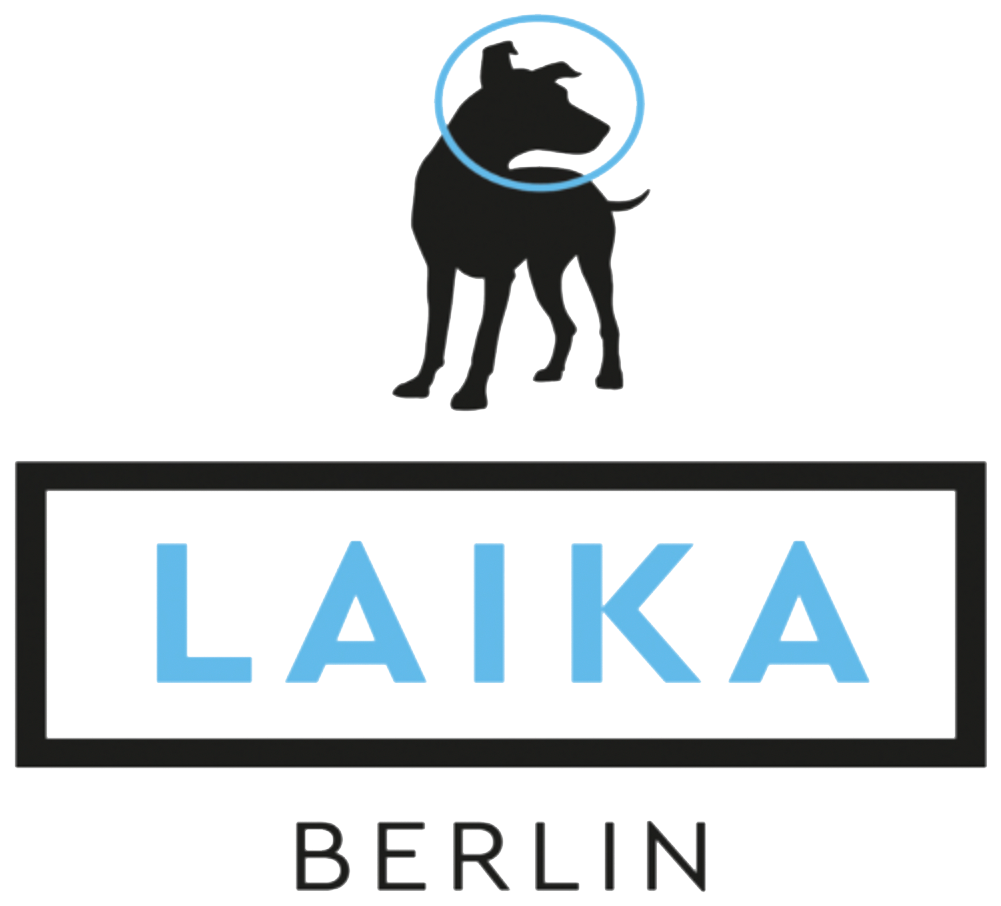Zohran Mamdani: How a Clear Personal Brand Ignites a Movement
By Can Gezer
Why did the whole world pay attention to a single New York City primary election? Because it was about more than just politics. Zohran Mamdani’s campaign is a powerful reminder that in an era of fragmented attention and performative messaging, the audience still responds to simplicity: unwavering clarity, deep conviction, and a cause far bigger than the individual candidate or product.
Having an Agenda That Doesn't Please Everyone
Mamdani didn't run on vague notions. He ran on an explicit, urgent agenda—making New York affordable again. Rent caps, free buses, accessible childcare. Every promise was a sentence you could print on a poster or repeat at a dinner table. And he coupled this agenda with a clear opponent: the entrenched establishment that had failed working New Yorkers.
This framing of "Agenda vs. Foe" injected emotional tension into his campaign. At the same time, it centered a positive vision without dwelling on blame. It wasn't technocratic; it was moral. Communicatively, Mamdani mastered what most brands still struggle with—a story that defines who they are for and what they stand against. Or, as Bill Bernbach once said: “If you stand for something, you will always find some people for you and some people against you. If you stand for nothing, you will find nobody against you, and nobody for you.”
Clarity Trumps Complexity
Where his opponents spoke in long, drawn-out paragraphs, Mamdani spoke in crisp headlines. The simplicity wasn't naive; it was strategic. He converted abstract policy into tangible promises—you could call them clear KPIs—demonstrating that clarity is not the opposite of depth; it is the precondition for belief.
This is the essence of great branding: People don't remember details; they remember clear standpoints. In a landscape oversaturated with nuance, Mamdani's straightforward narrative succeeded precisely because it didn't try to say everything. It said one thing—with force and feeling—unlocking potentiality. This was enriched by distinctive brand assets; his wildly successful merchandise helped make his personal brand instantly recognizable.
Not a Campaign, but a Movement
What truly set Mamdani apart was the tone. His campaign didn't feel like pleading for votes; it felt like an invitation to belong. He transformed voters into "participants."
This campaign replaced passive endorsement with active identity. In the language of branding: Mamdani didn't build a following, he built a community. This is what true challenger brands do—they make belief participatory.
Buyer's Remorse and the Appetite for Change
Mamdani also understood the mood of the moment. Years of unfulfilled promises—from Trump's hollow populism to the inertia of the center—had hollowed out the status quo. He positioned himself as a credible change agent: radical, but not reckless; idealistic, but concrete.
His campaign captured this widespread "buyer's remorse" and channeled it into votes. The message was clear: You were told change was impossible—we are here to prove the opposite.
The Communicative Lesson
Mamdani's victory underscores what communicators in politics, brands, and culture often forget: People don't rally around messages—they rally around meaning.
He showed that conviction beats strategic presentation, and that the most powerful forms of communication don't just inform or persuade—they invite participation. Just as Nike did, before On seemingly executed this principle even better. In an era where everyone promises 'innovation', his campaign won with something rarer: clarity, courage, and a cause everyone can be a part of.

